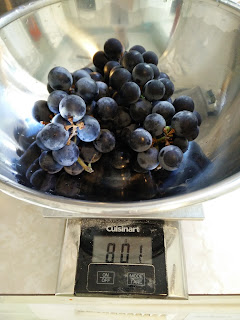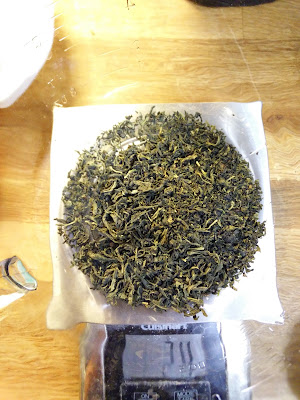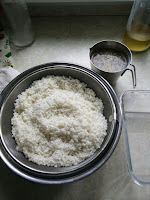Mirro Strainer

In my last post about grape makgeolli I mentioned using the Mirro strainer to filter the brew. Many people have been asking for more details about this strainer, so here it is: I bought the strainer on a whim from Amazon while searching for other home-brew and kitchen supplies. At the time it was only about $10, and we also make jams and jellies at home, so the Mirro strainer seemed pretty useful. Luckily, I was right! The strainer took a few minutes to put together; the legs screw into a ring and are secured by 3 small nuts. There are hooks at the bottom of the legs to sit on the rim of a bowl or pot, and the filter bag is mounted inside the ring. The filter bag feels sturdy and there is an elastic band around the top so the bag sits securely on the strainer. Here are a couple action shots: I was very pleased with the bag material and the mesh size, which seemed perfect for straining makgeolli. Keep in mind if you have a very large amount you may need to st





